St Donant's Castle - Enchanting Havens
- Lilium

- May 2, 2021
- 4 min read

St Donat's Castle (Castell Sain Dunwyd), is a medieval castle in the Vale of Glamorgan. Positioned on cliffs overlooking the Bristol Channel, the site has been occupied since the Iron Age, and was by tradition the home of the Celtic chieftain Caradog. The present castle's origins date from the 12th century when the de Haweys and later Peter de Stradling began its development. The Stradlings held the castle for four hundred years, until the death of Sir Thomas Stradling in a duel in 1738.

During the 18th century, the castle's status and condition declined and by the early 19th century it was only partly habitable. The later 19th and early 20th centuries saw several restorations. In 1852, it was purchased by John Whitlock Nicholl Carne, who claimed descent from the Stradlings but whose efforts at reconstruction were not well regarded. More enlightened improvements were made by its subsequent owner, the coal magnate Morgan Stuart Williams.

The castle's transformation occurred after its purchase in 1925 by William Randolph Hearst, the American newspaper tycoon. Hearst undertook a "brutal" expansion, including the incorporation of elements from other ancient structures such as the roofs of Bradenstoke Priory, Wiltshire and St Botolph's Church in Lincolnshire.
His approach to architectural reclamation was controversial and the destruction of Bradenstoke was opposed in a vigorous campaign organised by the Society for the Protection of Ancient Buildings. Bernard Shaw described the castle after Hearst's reconstruction as "what God would have built if he had had the money".
Despite expending vast sums on St Donat's, Hearst rarely visited and in 1937, with the Hearst Corporation facing financial collapse, the castle was put up for sale.
In 1960, some nine years after Hearst's death, it was purchased by the son of the businessman and educational philanthropist Antonin Besse and donated to the trustees of Atlantic College, the first of the United World Colleges.
Today the castle is home to some three hundred and fifty international students and, with a history of occupation extending back to the late-13th century, is among the oldest continuously inhabited castles in Wales. Both the castle and the grounds are of historical and architectural importance, and have Grade I listed status.
The castle also has an art centre on its grounds, which hosts art classes, tea dances, cinema, musical events and a particularly busy Christmas market to name but a few. This castle has something else even more spectacular than the french fireplaces and the "borrowed" church roofs. It is the gardens that really stand out against the plundered architecture of the castle.

The original gardens of the Stradlings were famous, begun in the Tudor period by Sir Thomas Stradling. They were extended by his son, Sir Edward Stradling, after a long sojourn in Rome. The Welsh poet Thomas Leyson, a friend of Sir Edward, composed a tribute in Latin, suggesting that the beauty of the gardens was sufficient to encourage visits from the sea-god Neptune and the water-nymph Thetis. The gardens descend in a series of terraces to the sea and give 14-mile distant views across the Bristol Channel towards Devon and Somerset.

Later development in the early 20th century by Morgan Williams saw the establishment of a Tudor-style garden with carved heraldic beasts on pedestals. This was followed by additions by Hearst, including a number of garden structures, such as an Italianate summerhouse overlooking the Rose Garden in which he installed a telephone exchange with connections to New York and California.
Hearst built a 150 feet long outdoor swimming pool on the lowest terrace, on the site of the castle's medieval tilt-yard. Beyond the pool site are the Cavalry Barracks. Newman dates these as 17th-century, but both Alan Hall and Cadw suggest a slightly earlier dating, in the 16th century, as a response to the threat of Spanish invasion. Between 1978 and 1981 Atlantic College rebuilt them in the original 17th-century style to serve as student accommodation.
Beyond the barracks, the castellated sea walls and towers have their origins in the 16th century, but were completely reconstructed by Hearst in the 1920s. The watchtower on the opposite slope to the castle is also probably 16th-century, or possibly late-15th-century, and is shown in a state of completion in a view of the castle dated 1740. It decayed thereafter, was restored in the late-19th century, but is again derelict in the early 21st century. It was almost certainly intended as a seaward look-out.
The gardens were given Grade I listed status in 1963, Cadw's listing report noting their "exceptional interest as a surviving 16th-century terraced garden". Many of the surrounding structures have their own Grade II listings including the watchtower to the west of the castle, the sea walls and towers to the south of the castle, at the end of the terraces, the Cavalry Barracks, the lawn sundial, and the walls to the north and west of the castle entrance. The gardens remain a rare survival of a complete, terraced Tudor garden, once among the finest Renaissance gardens in Wales.
Reading Recommendations & Content Considerations
Elisabeth Whittle Cadw
Below is a film from the Huntley Archives, it shows what the castle and its gardens looked like in the 1930s.








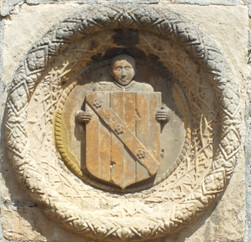







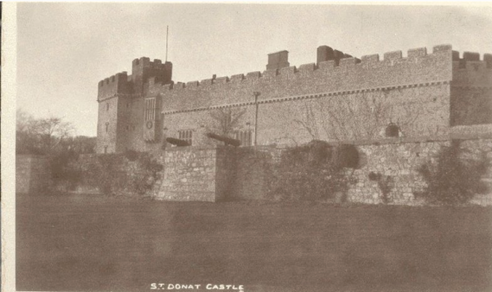

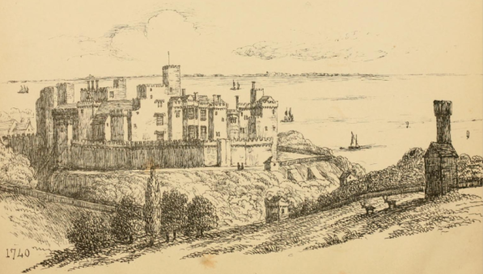











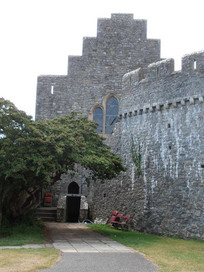













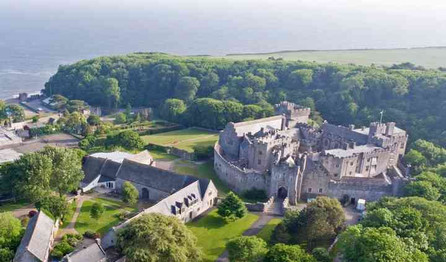

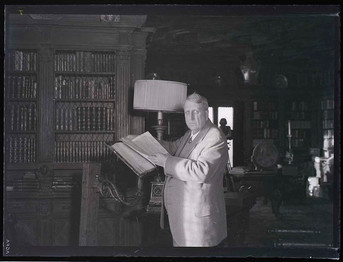




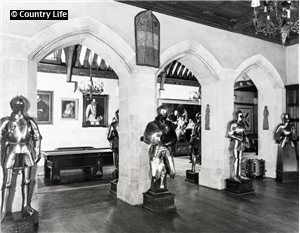
























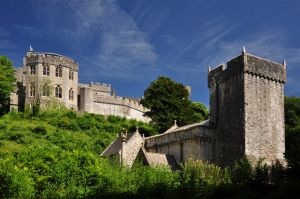













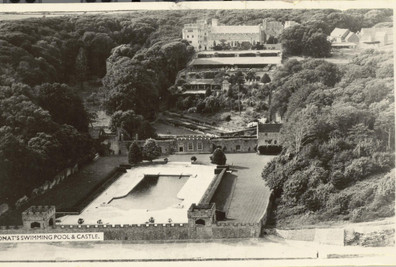






















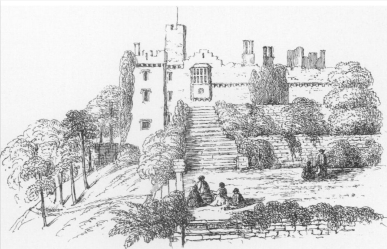







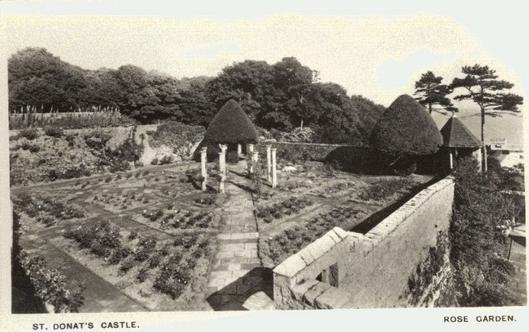











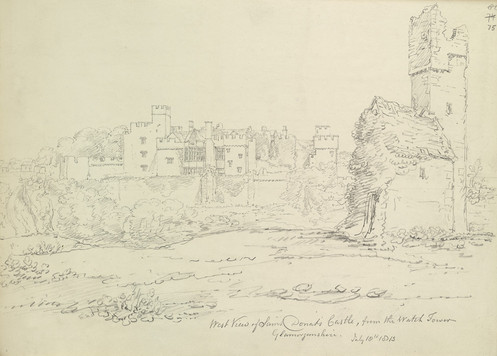










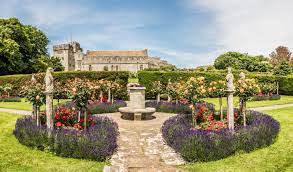





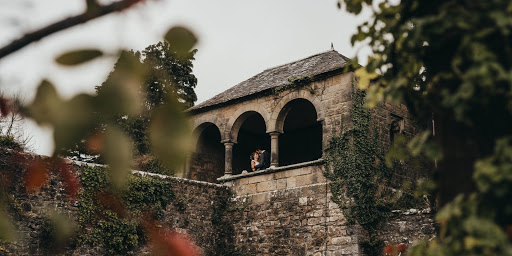











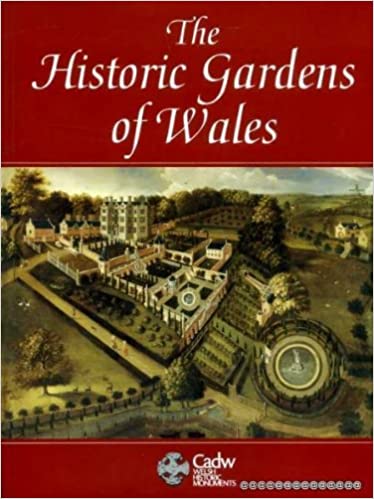



Comments